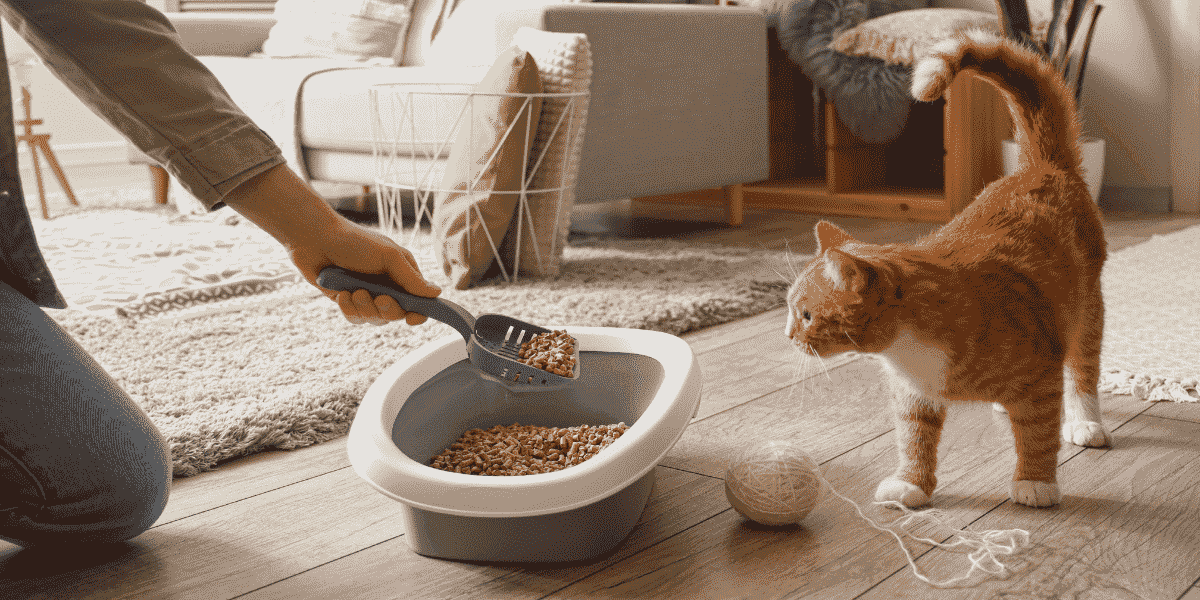Moving into a new home is an exciting experience, but it can be worrisome for cats and their owners alike. Introducing your feline friend to their new environment is essential to ensure they feel safe and comfortable.
However, cats can be easily stressed by changes in their environment, so it’s important that you take the time to properly introduce them to their new home.
In this blog post, we’ll discuss the steps you should take to help your cat transition to its new home and establish a happy and healthy life. With the right preparation and attention, your cat can quickly adjust to their new environment and make it their own.
Understand Your Cat’s Behavior
Before delving into the steps of introducing your cat to a new home, it’s essential to understand their behavior and mindset. Cats are creatures of habit, and any disruption to their routine or territory can trigger stress and anxiety.
They establish a territory and often form strong emotional connections to their surroundings. When transitioning to a new home, they might initially display signs of fear, apprehension, or even attempt to escape to find their familiar territory.
Preparation: Making a Comforting Environment
1. Familiar Scents: Begin by placing items with familiar scents in the new environment. This could be your cat’s bedding, toys, or even a scratching post.
Familiar scents can help provide a sense of security amidst the newness.
2. Quiet Space: Set up a designated quiet space for your cat, equipped with their essentials such as food, water, a litter box, and a cozy resting spot. This space will serve as their safe haven as they gradually explore the rest of the house.
Gradual Introduction
3. Limited Access: Initially, confine your cat to the designated space for a few days. This helps them acclimate to the new scents and sounds without feeling overwhelmed.
Spend quality time with them in this space to reassure them of your presence.
4. Slow Exploration: Once your cat seems more at ease, allow them to explore the rest of the house room by room. Keep a close eye on their reactions and behavior.
If they seem stressed, provide comfort and retreat to the designated space.
5. Positive Associations: Associate positive experiences with the new home by offering treats, playtime, and affection during their explorations. This will help create positive associations with their new environment.

Establishing Routine
6. Consistent Feeding Schedule: Cats thrive on routine, so establish a consistent feeding schedule. This not only helps them anticipate meal times but also provides a sense of stability.
7. Familiar Sounds: Play familiar sounds like soft music or a ticking clock. These sounds can mimic the comforting environment of their previous home and reduce stress.
Socializing with Other Pets
8. Slow Introductions: If you have other pets, introduce them to your cat gradually and under supervision. Allow them to sniff each other and observe their reactions. Keep interactions positive and reward good behavior.
Are you concerned about how to acclimate multiple cats to a new home? No need to fret – we have a blog that can assist you with this challenge.
Patience and Observation
9. Patience: Remember, the adjustment period varies for each cat. Some may adapt quickly, while others may take more time.
Be patient and understanding throughout the process.
10. Observation: Continuously observe your cat’s behavior. If you notice prolonged signs of stress, such as excessive hiding or refusal to eat, consider consulting a veterinarian for advice.
Conclusion
Introducing your cat to a new home requires time, patience, and understanding. By following these steps, you can significantly reduce your cat’s stress and help them feel secure in their new environment.
Remember, each cat is unique, so tailor your approach to suit their individual needs. With your love, care, and commitment, your cat will soon thrive in their new home, forming new memories and forging a special bond with you.
I would like to encourage you to read this article about training your cat to use a scratching post!

